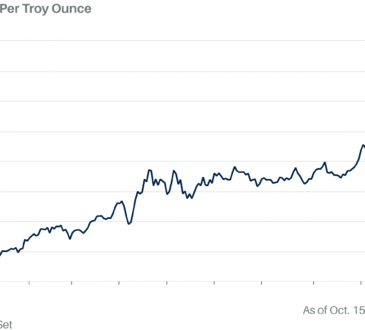
Goldman Sachs Asset Management (GSAM) has published a report titled “Opening the Door to Alternatives: Insights from Individual Investors.” The report is based on a survey of High-Net-Worth (HNW – $1M to $30M) and Ultra-High-Net-Worth (UHNW – $30M +) individuals from August of this past Year.
According to the report, UHNWs allocate, on average, around 25% of their portfolio to alternatives (Alts), and HNWs a bit less, at 15%.
The rise in interest in alternative investments correlates with age, as Millennials are more interested in alternative investments. According to the report, 60% of Millennials want more exposure, while Boomers are more focused on preserving capital—no mention of Gen X investors (the forgotten generation).
Only around 41% of investment advisors discuss Alts with their clients, despite 56% believing Alts are key for diversification.
Approximately 50% view Alts as high risk, even while considering them as inflation hedges and driving better returns.
A separate report from GSAM, distributed in September 2025, regarding family offices, indicated a stable allocation of alternatives at around 46%, down slightly from 47% in 2023. GSAM attributes this primarily to public equity gains.
Alts cover a broad spectrum of assets, including private equity, private credit, hedge funds, and real estate. The report did not address crypto, but prior reports indicate that interest in digital assets is growing, especially among the UHNWs. This should come as no suprise.
In general, interest in private securities has risen as the number of public firms declines and successful private companies tend to remain private for as long as possible. Congress is aware of this dynamic, and leadership is seeking ways to improve access for private securities for smaller investors while seeking ways to improve public markets, which have endured many years of excessive and costly regulation, foisted upon reporting firms. Recent initiatives, such as attempts to mandate climate disclosure for public firms, are emblematic of poor leadership by some policymakers.




